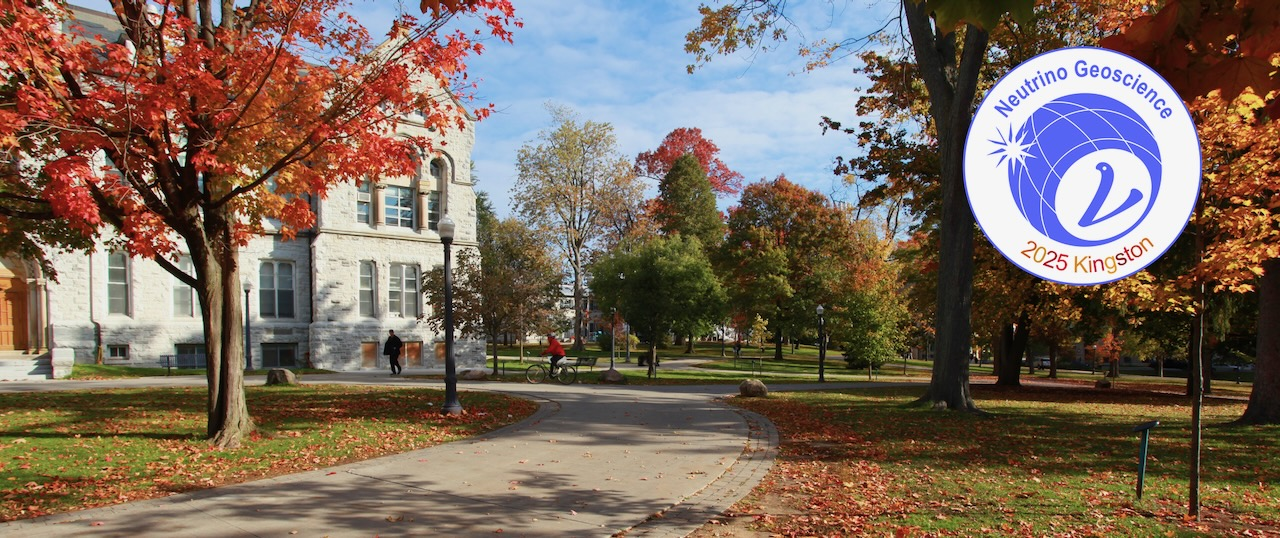Speaker
Description
Neutrino oscillation tomography offers an alternative way to probe Earth’s deep interior, complementing classical geophysical and geochemical approaches. Neutrinos are subatomic particles that exist in three types, called "flavors": electron, muon, and tau. As they propagate, they can change from one flavor to another, a phenomenon known as neutrino oscillation. Because neutrinos interact only weakly with matter, they can essentially traverse the entire planet, while their oscillation patterns encode information about the electron density along their paths, which depends on both matter density and the proton-to-nucleon ratio (Z/A). Measuring these oscillations can thus provide constraints on Earth’s composition and density variations.
In this contribution, we first introduce EarthProbe, the framework we use for forward modeling of neutrino oscillations in the Earth. We then use this tool to perform a sensitivity analysis, studying how neutrino oscillations depend on variations in the electron density of entire Earth layers. To assess the constraints that neutrino oscillation tomography can provide on Earth's structure, we begin with an idealized scenario, modeling its sensitivity to composition and density assuming a perfect detector. We then account for the response (i.e., resolution) of next-generation neutrino telescopes to derive realistic sensitivities. Our results show that while an ideal detector is most sensitive to the outer core, realistic detectors with lower resolution but large detection volumes shift the sensitivity toward shallower depths.
Finally, we present sensitivity kernels from neutrino oscillation tomography for a spherically symmetric Earth model, designed for use in inversions, potentially in combination with seismic data. We examine whether these kernels satisfy the mathematical requirements for inversion methods and discuss both their compliance and the limitations we identified, presenting preliminary results from a first inversion approach.

